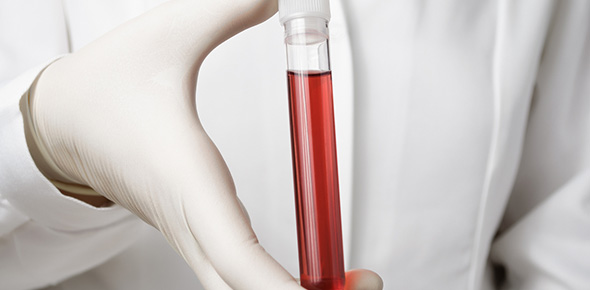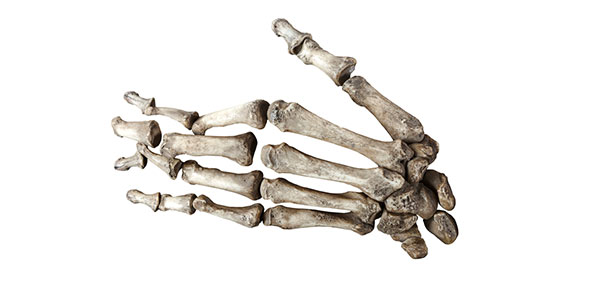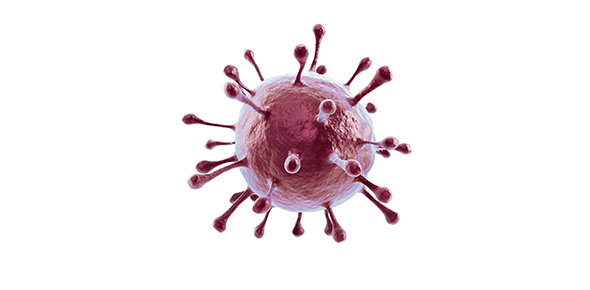Related Flashcards
Related Topics
Cards In This Set
| Front | Back |
|
Nucleus
|
The organelle taht contains a eukaryotic cell's genetic material.
|
|
Nuclear envelope
|
The complex, double-membrane structure that divides the eukaryotic nucleus from its cytoplasm.
|
|
Nuclear pore
|
Allows material to move into the nucleus.
|
|
Chromatin
|
A complex nucleoprotein material that composes the chromosomes of eukaryotes.
|
|
Nucleolus
|
Irregular-shaped nuclear structure that functions as a ribosome-producing organelle.
|
|
Microtubules
|
Hollow, cylindrical cytoskeletal structures, 25 nm in diameter, whose wall is composed of the protein tubulin. Often act in a supportive capacity.
|
|
Flagellum
|
Hairlike motile organelles that project from the surface of a variety of eukaryotic cells. Essentially the same structure as cilia but present in much fewer numbers.
|
|
Basal body
|
A structure that resides at the base of the cilium or flagellum and which generates their outer microtubules. Identical in structure to centrioles. Both can give rise to one another.
|
|
Rough endoplasmic reticulum
|
That part of the endoplasmic reticulum that has ribosomes attached. Functions include synthesis of secretory proteins, lysosomal proteins, integral membrane proteins, and membrane lipids.
|
|
Vesicle
|
Involved in transporting material in and out of the cell or within the cell. Responsible for endocytosis and exocytosis. Some also serve as storage vesicles.
|
|
Intermediate filaments
|
Strong, ropelike cytoskeletal fibers approximately 10 nm in diameter that, depending on the cell type, may be composed of a variety of protein subunits capable of assembling into similar types of filaments. Thought to provide mechanical stability to cells and provide specialized, tissue-specific functions.
|
|
Centriole
|
Forms spindle fibers to separate chromosomes during cell division.
|
|
Ribosomes on rough ER
|
Site of protein synthesis inside and outside the cell.
|
|
Smooth endoplasmic reticulum
|
Functions vary from cell to cell and include the synthesis of steroid hormones, detoxification of a wide variety of organic compounds, mobilization of glucose from glucose 6-phosphate, and sequestration of calcium ions.
|
|
Microfilaments
|
Solid, 8-nm thick, cytoskeletal structures composed of a double-helical
polymer of the protein actin. They play a key role in virtually all
types of contractility and motility within cells.
|







